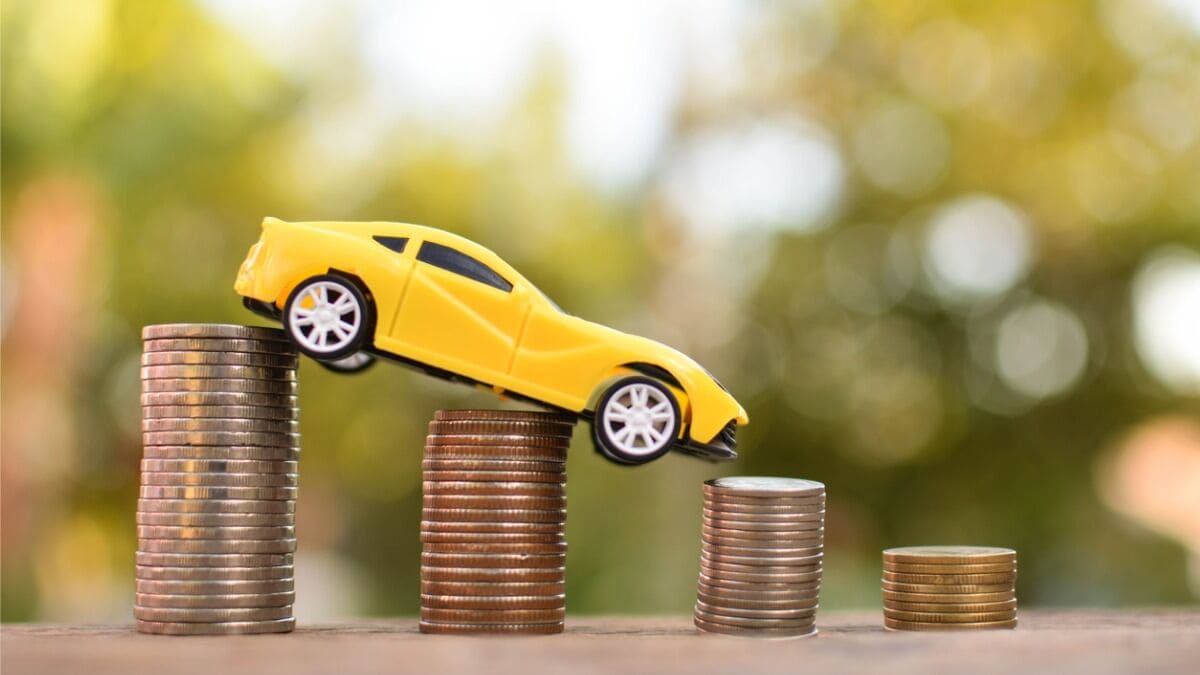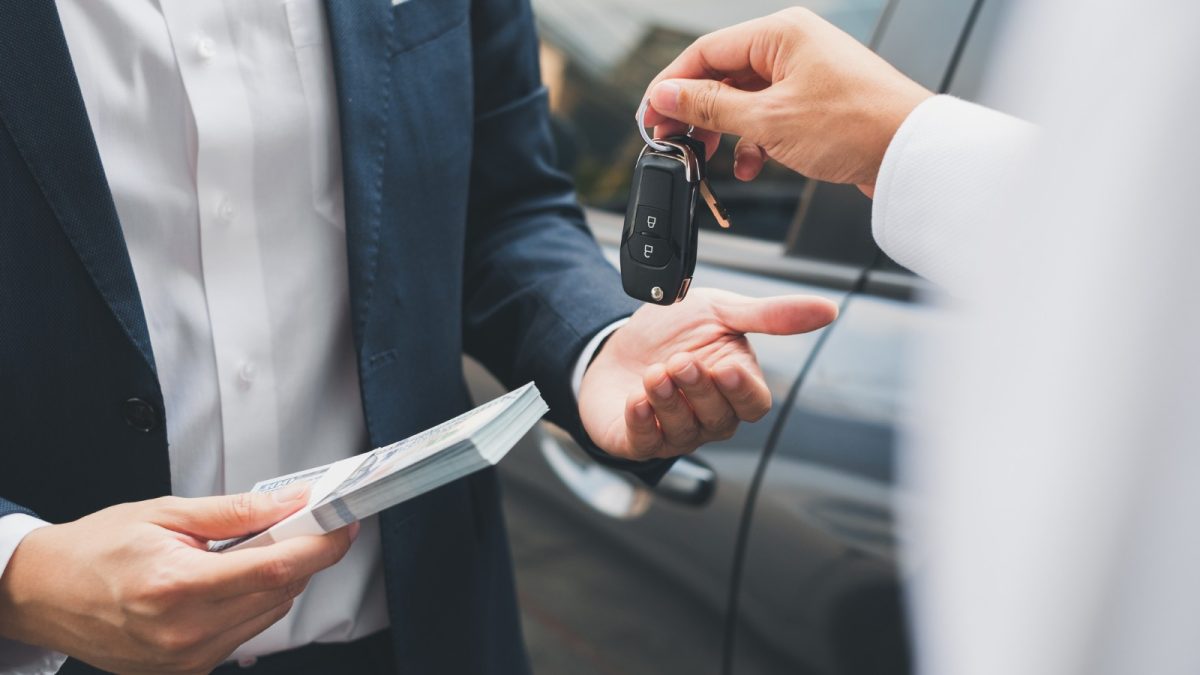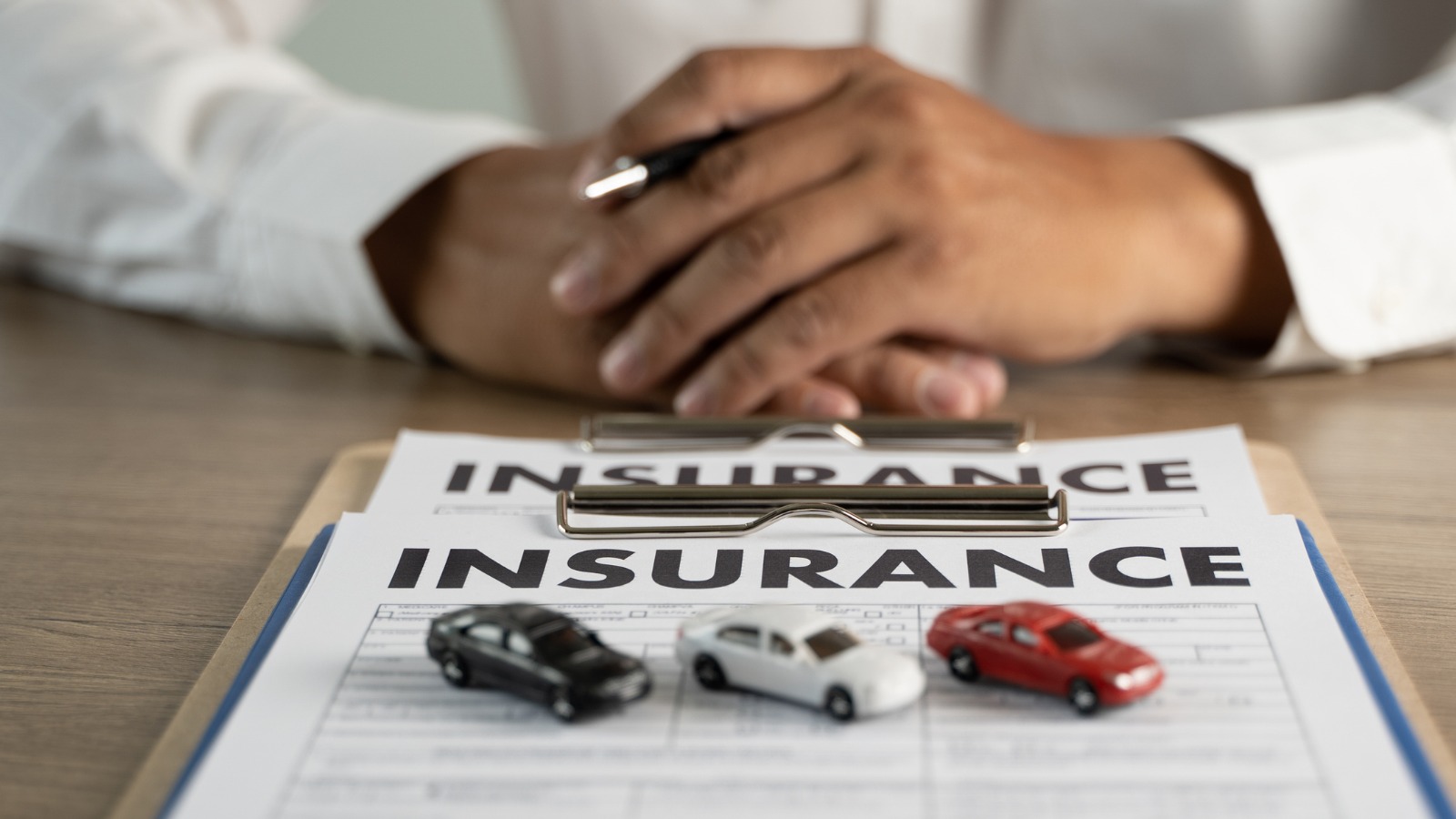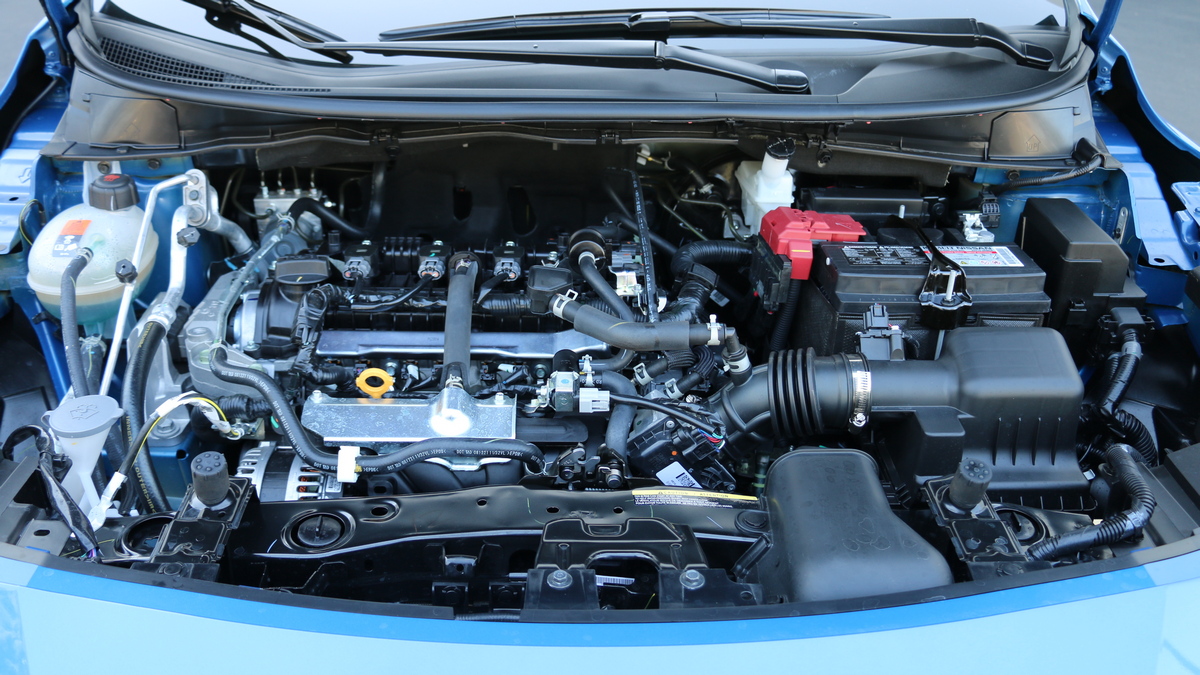Quick Facts About Beating Car Depreciation
- New cars lose value quickly, often 20% or more in the first year and up to 60% through five years.
- Buying nearly new, well-maintained vehicles helps reduce depreciation losses.
- Stay on top of maintenance and avoid customization to help your vehicle retain its value.
New vehicle prices give some shoppers sticker shock, especially when they realize that the value of their new ride significantly drops the moment it’s driven off the dealer’s lot.
A vehicle’s loss in value over time is unavoidable. However, savvy buyers can save thousands when they purchase a nearly new model after the car’s initial steep depreciation and then sell or trade before the value significantly falls again a few years later.
Use our car depreciation calculator to forecast your vehicle’s worth over time. Read on for tips on beating car depreciation and learn how it fits into the overall cost of car ownership.
- What Is Car Depreciation?
- How to Use Depreciation to Your Advantage
- Car Depreciation Hacks
- Car Ownership Costs
- Why Car Depreciation Matters
- Bottom Line on Car Depreciation
What Is Car Depreciation?
Like other goods that become worn down through regular use, a car loses some of its value each year through the everyday wear and tear of aging. This loss in value is known as depreciation. A new car becomes a used car the moment it is titled, and it begins to depreciate as soon as you drive away from the dealership.
The rate of car depreciation varies depending on the vehicle’s year, make, and model. The first year faces the most significant depreciation hit to the car’s market value, with many vehicles losing about 20% or more of their original value. On average, a new car depreciates about 30% over the first two years, and continues to depreciate 8-12% each year after that. New cars often shed about 55% of their original purchase price within the first five years.
Our methodology for calculating annual depreciation uses Kelley Blue Book Private Party Values and Manheim Auction data, comparing current and projected values. Actual depreciation depends on market conditions, driver performance, and other factors.
Depreciation and Market Value
When the time comes to sell your car, you may find that depreciation has greatly reduced the expected trade-in value for what could still be a well-functioning automobile.
A car’s trade-in value is the amount of money an auto dealer is willing to deduct from the purchase price of a new or used automobile in trade for your existing vehicle. The trade-in amount is based on several criteria. Considerations include the make and model of the car, its age, and its condition at the time of the trade.
Many other factors can affect a vehicle’s market value. For example, when inventory numbers are low, demand increases and pushes up sales prices. If there’s a large supply, prices go down. Also, rising gas prices might steer some potential buyers away from less-efficient models, and lower demand can influence a dealer to offer less for a full-size trade-in. Another scenario: High interest rates can force some buyers to delay purchasing, causing decreased demand in the used car market and, therefore, lowering trade-in value.
RELATED: Is Now the Time to Buy, Sell, or Trade a Used Car?
Electric Car Depreciation
An electric vehicle (EV) typically follows a different depreciation pattern from its gas-powered counterpart. EVs typically experience a steep drop of 35%-40% in the first year before easing down to 45%-50% of their original value after five years, depending on the remaining battery warranty.
RELATED: Buying a Used Electric Car: 10 Things to Know Before You Buy
How to Use Depreciation to Your Advantage
Because of depreciation, the older your car is at the time of trade-in, the less credit you’re likely to receive toward a new purchase, and the less money potential buyers are willing to pay in a private sale.
Holding onto your car for longer than average can sometimes be a benefit at trade-in time if the vehicle is in good condition. However, the rate of depreciation tends to slow after the odometer hits 100,000 miles. Of course, there are a few exceptions, with top-rated and desirable vehicles like some pickup trucks receiving higher trade-in deals.
Smart buyers looking for a good deal can make car depreciation work in their favor. Used cars are much lower in price than new cars because depreciation affects a vehicle regardless of its condition. You can purchase a year-old car that’s nearly as good as when it was new but pay only 80% or so of the original price.
Buying a used car from the current model year or the previous model year is the best strategy for shoppers wanting to beat car depreciation while still tapping into the remainder of the initial factory warranty. Choosing a vehicle from a manufacturer’s certified pre-owned program can be a good option. CPO cars have met strict inspection guidelines and other criteria to qualify for the designation.
RELATED: Car Warranty Guide: Everything You Need to Know
What Determines the Depreciation of a Car?
The primary factors contributing to a vehicle’s depreciation are its make, model, age, mileage, and condition at the time of the trade. Maintenance and accident history also play a part in determining a used car’s value.
Car Depreciation Hacks
Car owners should understand depreciation to help manage the loss of value when they sell or trade their vehicles. To help keep resale value higher, sellers can consider these tips for minimizing car depreciation.
- Maintain your car. Keeping records of regular maintenance shows responsible car ownership, which helps the value of the vehicle.
- Sell the car yourself. Convenience is one benefit of trading in your car at the dealership. However, a private sale allows you to sell at market value and keep the costs the dealer builds into the price of the used car.
- Don’t customize your car. While aftermarket customization shows off your style, it also limits the number of potential buyers. Avoid flashy add-ons to keep your car attractive to the majority of used-car buyers.
- Look for tax breaks. If you use your vehicle in your business or a side gig, check with your tax advisor about the possibility of deducting a portion of the car’s depreciation on your tax return.
RELATED: How to Sell a Car: 10 Steps for Success
The Cost of Owning a Car
Depreciation is one part of what it costs to own a vehicle. Along with the loss of value, you’ll have out-of-pocket expenses such as fuel, maintenance, repairs, and insurance. Knowing the overall cost of owning a vehicle ahead of time can help you save money in the long run.
Even if two new vehicles are priced the same, one can lose more value over time. When you research cars, be sure to check the 5-Year Cost to Own tab in the model’s review to compare the total cost of ownership, including its depreciation.
For example, a 2025 Honda HR-V in the subcompact SUV class has a Kelley Blue Book 5-Year Cost to Own figure of $47,346, including $13,383 in depreciation. By comparison, a 2025 Kia Seltos costs $1,452 more over five years, mostly due to a greater depreciation of $15,541.
Which Years Do Cars Depreciate the Most?
Buyers can expect most vehicles to lose about 20% of their original value during the first year. The vehicle’s value continues to decline gradually after that, with cars shedding close to 60% of the purchase price within the first five years.
MORE: Paying Cash for a Car in 2025: Consider the Pros and Cons
Why Car Depreciation Matters
The good thing about depreciation is that it only matters when you get rid of the car. Its value comes into play when you sell the automobile, trade it to offset the price of a different vehicle, or when your insurance company “totals” the car after a significant accident.
Until then, there isn’t much need to be concerned about how much your car is worth now compared to when you first bought it. The car will continue to depreciate until it is no longer usable. And even cars that aren’t drivable are worth something at the junkyard.
When buying a used car, it’s a good idea to consider the vehicle’s age and the number on its odometer. It’s even more important to look at how well the owner maintained the vehicle. A 10-year-old car with 100,000 miles may have received more TLC than a 5-year-old model with 50,000 miles.
While you cannot avoid it, you can fight off car depreciation by taking good care of your investment. Keep that in mind before it’s time to get rid of your ride.
RELATED: Can I Finance an Older Car?
Cars With the Least Depreciation
In addition to considerations such as MSRP, car loan interest rates, gas prices, maintenance costs, and more, an automaker’s reputation for reliability is a factor in vehicle depreciation. A company’s emphasis on quality often means that reliable cars roll off its assembly lines.
Vehicles with greater reliability typically retain more of their value and have lower depreciation rates and cost of ownership. Our projections using Kelley Blue Book data indicate that the two brands with the lowest 5-year cost to own are Toyota and Lexus.
Bottom Line on Car Depreciation
Depreciation is an unavoidable but manageable part of vehicle ownership. Buyers can save money and reduce long-term costs by understanding how quickly new cars lose value and finding reliable, well-maintained used models. Factor depreciation into your purchase decisions to help you get the most from your investment.
Editor’s Note: This article has been updated since its initial publication.








